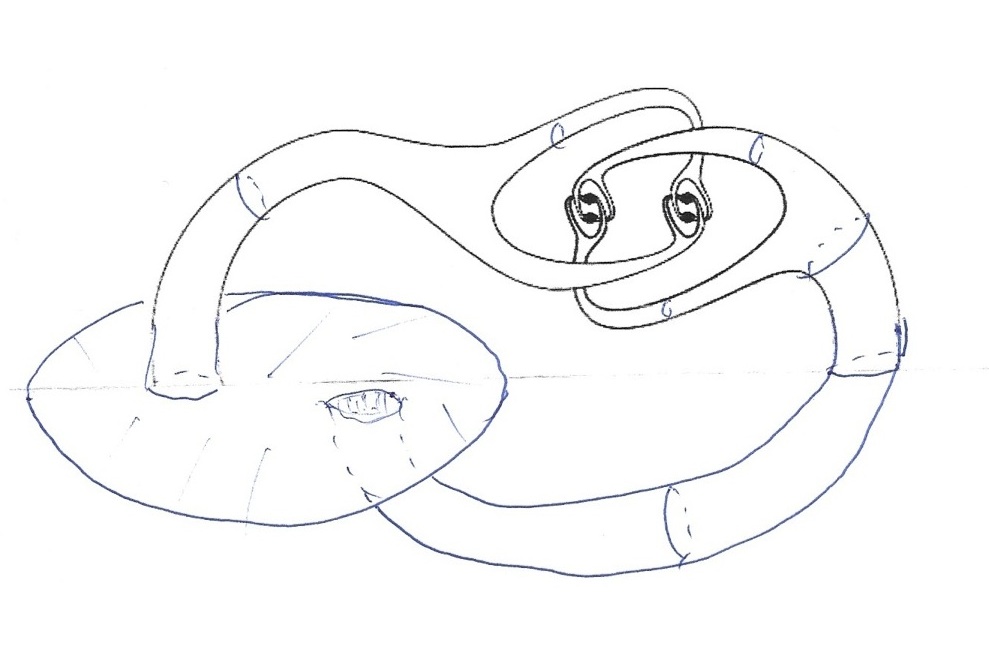Let $S^2 = \{x\in \mathbf R^3\colon |x|=1\}$ be the unit sphere, $S^2_+ = S^2 \cap \{x_3 \ge 0\}$ be the upper hemisphere and $S^1 = S^2 \cap \{x_3 = 0\}$ be the unit circle. Let $u\colon S^2_+\to \mathbf R^3$ be a continuous function. Then it is easy to extend $u$ to the whole sphere $S^2$ preserving continuity: just patch with a cone constructed on the curve $u(S^1)$ i.e. identify the lower hemisphere with a unit disk and extend $u$ by $1$-homogenuity on this disk.
My problem: if $u\colon S^2_+\to \mathbf R^3$ is continuous and injective, is it possible to extend it to a continuous and injective map defined on the whole sphere $S^2$?
I think the answer should be yes. Notice that since $u$ is injective, continuous, and defined on a compact set it is an open map, and hence an homeomorphism with its image. I imagine that, from a topological point of view, there is a unique way to embed a 2-disk into $\mathbf R^3$ (cannot make a knot)... so my intuition says that there should even exist an extension of $u$ as an homeomorphism of the whole $\mathbf R^3$ into itself.
Moreover, if the above is possible, I would like to have an explicit construction because I actually have a Lipschitz map and I would like to have a Lipschitz extension and also some control on the gradient of the extension, (as I have with the 1-homogeneous extension in the non injective case).

